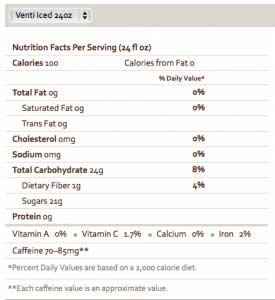Category: Calorie count
Bowel Length in Duodenal Switch
November 09, 2015 6:25 am
Malnutrition is one of the most feared complication of the duodenal switch operation. It may present years after surgery. What is common is a mix of nutritional deficiencies which include fat soluble vitamins, and protein calorie malnutrition. These all point to possible excessive shortening of the common channel. In my practice we have seen patients that have had lengthening of their common channel to improve their metabolic picture. What is very obvious to us, is that we see disproportionately higher number of cases coming to us for revision from practices where the common and alimentary lengths are done as a “standard” numbers with no specific adjustments made for the patient, their anatomy and situation. I have said for years, that the length of the bowel that is measured to be become the common and the alimentary limb should be a percentage of the total length of small bowel, rather than a pre-determined measurement. Here is a visual description of how this works.
If a common channel and the alimentary limb is measured to be a percent of the total length then the chance of protein calorie malnutrition is minimized since this will take into account the bowels absorptive capacity which is being reduced. This decrease in the absorption is done as a fraction of the total length.
Raines et al. published a study in 2014, that showed how small bowel length is related more closely to a patient’s height and not weight. And yet, some surgeons totally based the length of the common channel and the alimentary limb arbitrarily based on the patient pre operative BMI and nothing else. Could this be the cause of why I see some patients coming to us for revision of their duodenal switch for malnutrition?
Fancy Drinks and Iced Teas
February 27, 2014 3:00 am
Most of you may have heard me emphasize the importance of adequate hydration after surgery. At the same time I would be the first one to admit that drinking plain water gets old very quickly. I also do not recommend carbonated drinks (diet or regular). Most commercial products such as Crystal light also contain artificial sweeteners which in my opinion are to be avoided. Please note that there is extensive information here on my website on this topic.
One of the most benign looking drinks may be the refreshers that are available at Starbucks. An example of it is Very Berry Hibiscus Starbucks Refreshers™ Beverage. It contains 21 g of sugar and 100 calories in a 24 ounce serving size. Note that it also contains 70-85mg of caffeine.
Having some of these drinks on occasion will do no harm. However I would not recommend these drinks to replace water as means of hydration. High content of Caffeine can result in oxalate crystal formation. This predisposes a post weight loss surgical patient to much higher chance of kidney stone formations.
Pizza versus SaladExclusive Member Content
January 30, 2011 9:01 pm
- Weight loss Medications compared to surgery February 20, 2024
- SIPS-SADI and ASMBS December 31, 2023
- Survey December 16, 2023
- Long Term Outcome Survey December 1, 2023
- Weight Loss Injection May 10, 2023

